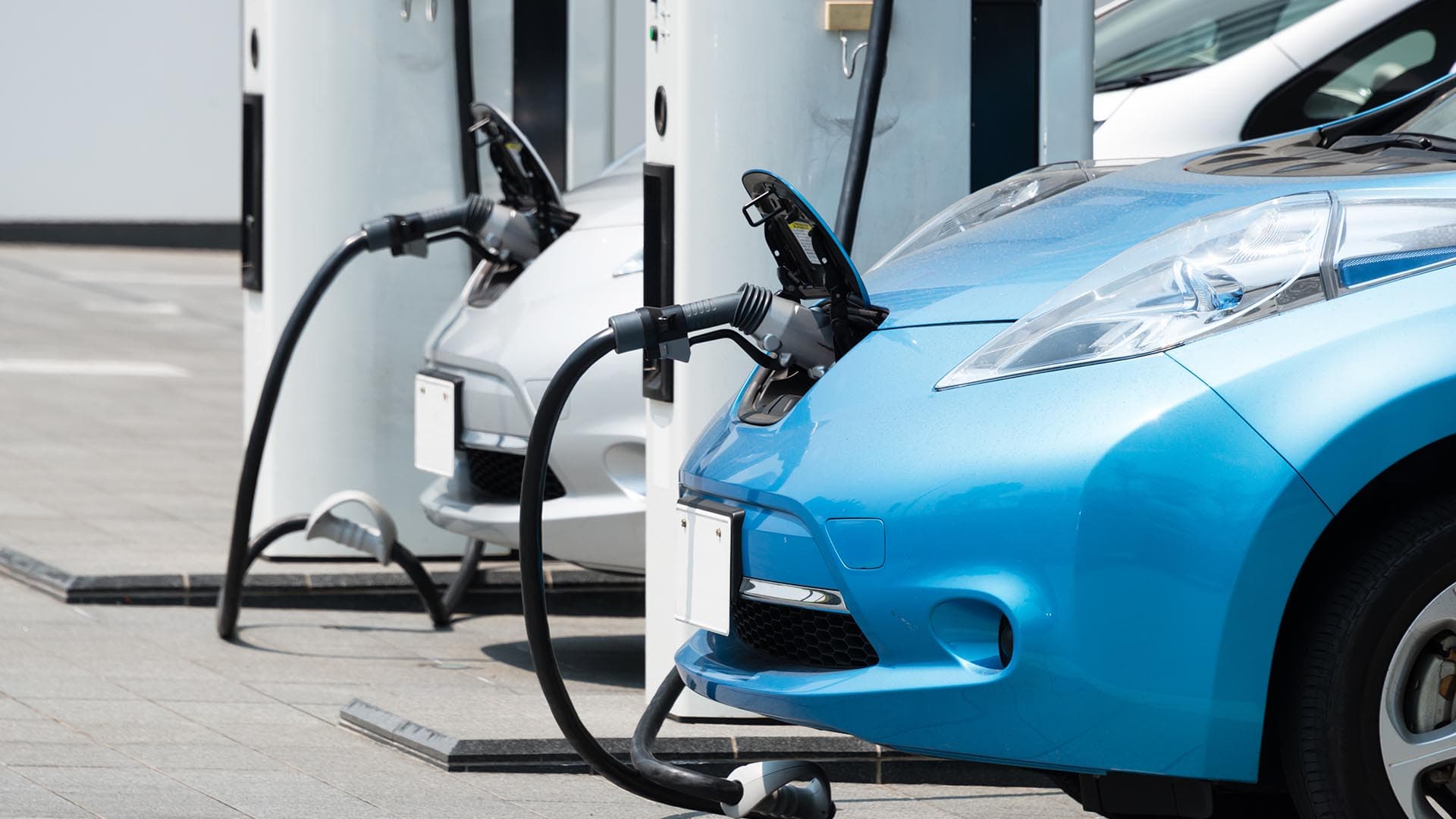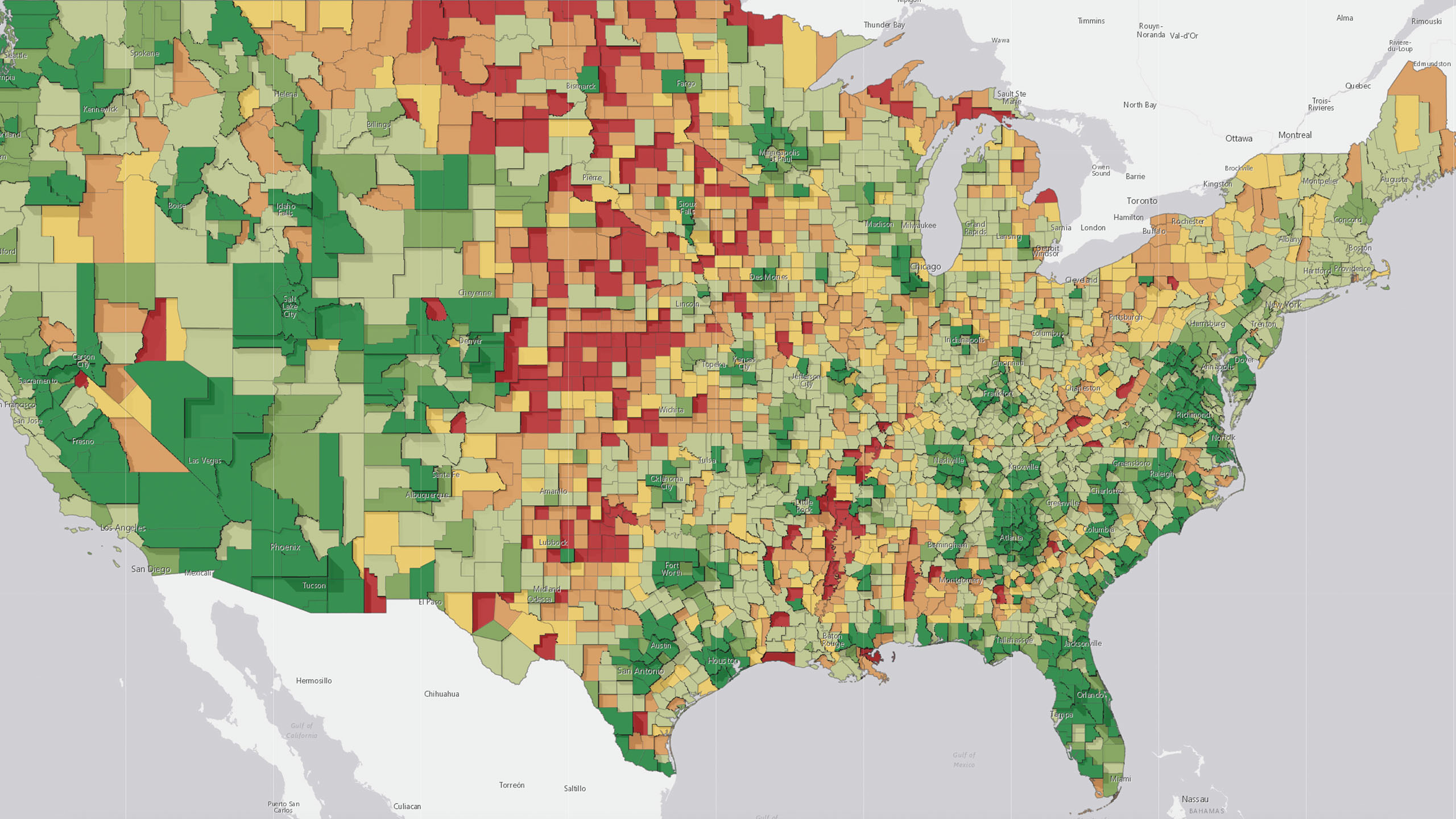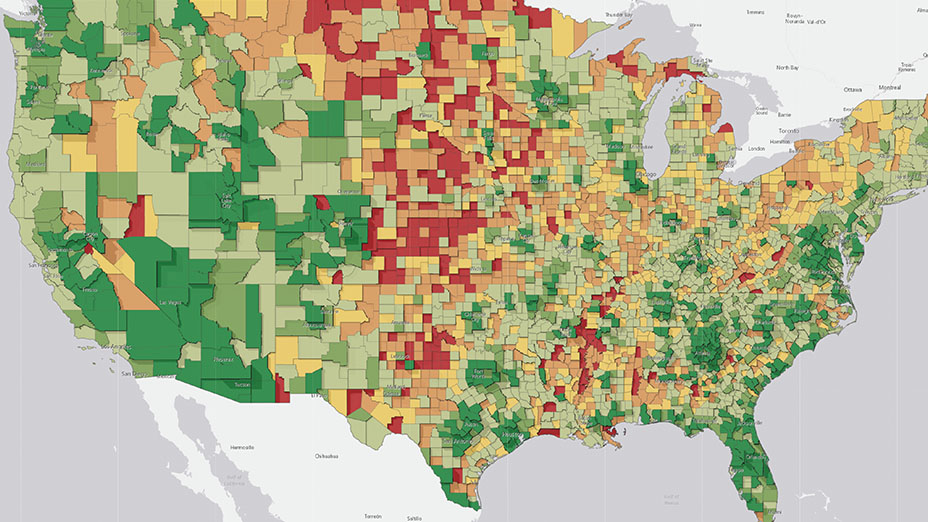In March 2021, Petaluma, California, became the first city in the US to ban the building of new gas stations.
Nearby cities have since adopted ordinances to halt future gas station construction, and local leaders in New York and British Columbia are exploring similar policies. The trend could reshape the economic ecosystems and commercial centers that depend on how and where people drive.
Whether such bans will catch on beyond Sonoma County—where 60 percent of trips are less than five miles and usually on flat terrain—may largely rest on geography. Similar efforts have been slower to develop in Los Angeles, for example, a city known for its sprawl.
But even where local politicians aren’t targeting gas stations, economics might be. A study by Boston Consulting Group found that by 2035, as many as 80 percent of gas stations could be unprofitable (in large part due to drivers’ shift to electric vehicles).
Gas Station Bans, Human Weather Patterns, and Where We Drive
Executives whose business models depend in part on the gasoline economy—whether they operate convenience stores, big-box outlets, AEC firms, or refineries—are paying close attention to such policy shifts. By using real-time location data to study trends like gas station bans, business leaders can uncover patterns in how certain customer segments might respond.
Geographic information system (GIS) technology enables planners to understand on a daily or weekly basis the demographics of those who shop in the vicinity of a gas station. With anonymous data on commutes and movement patterns—what some researchers call “human weather”—business leaders can understand the education levels, income profiles, and age ranges of local drivers. With a bird’s-eye view of how those demographics change, they can monitor the effect of events like a gas station ban and tailor investments to changing customer preferences.
New Maps of Energy Infrastructure
A shuttered gas station along a busy avenue could influence other businesses in ways both subtle and profound. A recent WhereNext article detailed an academic study that explored the connection:
The study’s authors concluded that site location and related factors can have a major influence on a business’s health and the viability of any given store. Their analysis found that occasionally overlooked external factors—local population density, neighboring businesses, store size—can have a significant, surprising effect on whether a store stays open or is forced to close.
After a gas station closure, store planners for an auto parts chain might reassess the area’s revenue potential. A car rental company might use human movement data to project next year’s traffic levels and share that insight with local franchisees.
Alternately, where gas pumps are being replaced by EV charging units, a rental company might consider shifting to EV rentals. Analyzing demographic and psychographic data—as well as local prices on EVs versus fuel-powered cars—could help an executive decide whether residents will soon opt for zero-emissions driving.
The same dynamics will play out for B2B businesses. Service firms that specialize in remediating gas stations after closures (cleanups often run well into the hundreds of thousands of dollars) can use GIS to track which cities are considering or approving bans. They can then mobilize remediation resources in markets where momentum is growing, like California’s Sonoma County.
Restrictions on new gas station construction will also change the map for gasoline refineries and distributors, who may lose customers in certain regions or gain them in others. With location intelligence drawn from human movement data, executives can track local and regional market realities and customer sentiment.
The decades-long prominence of the gasoline economy means business leaders have no playbook for responding to trends like gas station bans. By analyzing real-time location data, they can make evidence-based decisions in a changing economic landscape.
Photo by Virgyl Sowah
The Esri Brief
Trending insights from WhereNext and other leading publicationsTrending articles

December 5, 2024 |

July 25, 2023 |

November 12, 2018 |

April 1, 2025 |

February 1, 2022 |

April 16, 2024 |





